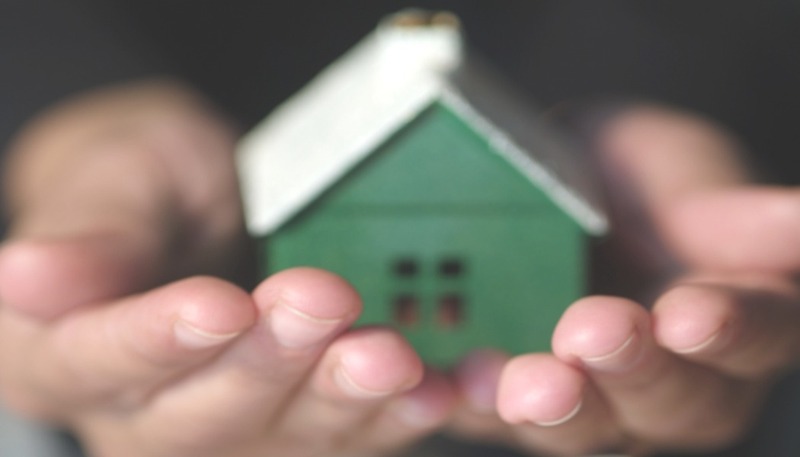Where Have All The Houses Gone?
Rising house prices and guarded lending practices by banks and financial institutions mean the deposit needed to buy a home has jumped in recent years. As a result first time buyers find it difficult to buy homes and have to rent for longer periods of time while trying to save.
What is happening?
The number of houses built in recent decades has fallen at a time when the population has increased and demand has grown to new levels.
Even though mortgage rates have been historically low since the financial crash, affordability has fallen because of the rate of increase in house prices.
The rise means buyers have to save disproportionate and unrealistic amounts of money for the deposits they need to buy homes.
They also have to pay higher rents for longer periods of time while saving in an economy where wages are static or rising at modest levels.
As a consequence the tradition of young people renting for short periods before buying their own home is strained to the point where it is adversely affecting lives and local communities.
During the 1980s many people made the transition from renting to buying their own home, as mortgages were more affordable and available.
Mortgage rates in the early 1990s rose to reach 16%, which caused chaos and a dramatic fall in the number of homes purchased.
The financial crisis in 2006 paralysed the banking system and mortgage lending froze to reduce the numbers of houses and increase the number of people living in rented accommodation.
The nature of renting changed during the period: a positive way to live while saving for a house became a negative way to live as deposits rose out of reach.
Looking ahead
In future years two issues will determine whether or not young and not so young people will be able to move from property renter to home owner: affordability and supply.
First, the tradition of buying a home has become less affordable as house prices rise more than wages, which creates a situation where deposit amounts reach draconian levels.
Second, the tradition of building enough houses to meet demand has broken down, as fewer houses are built than individuals or the market requires.
As a result people are caught in the trap of long-term renting which, in turn, pushes rents upwards and makes it difficult for aspiring home owners to make the transition.
Moving from the rented sector to private ownership has always been seen as a way to gain a stake in society and create wealth through the accumulation of equity.
The link, however, is broken or at best has reached breaking point for growing numbers of people, which has consequences for individuals, families and society.
So, we face a dilemma that sees greater numbers of people renting for longer periods of time in an environment that needs new and immediate solutions.




